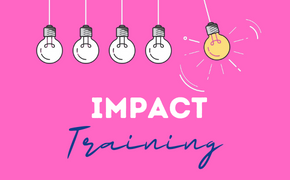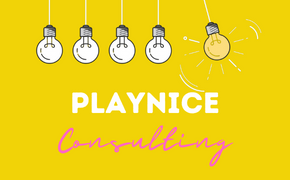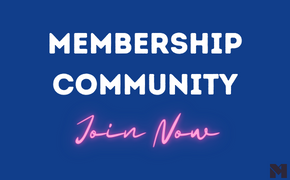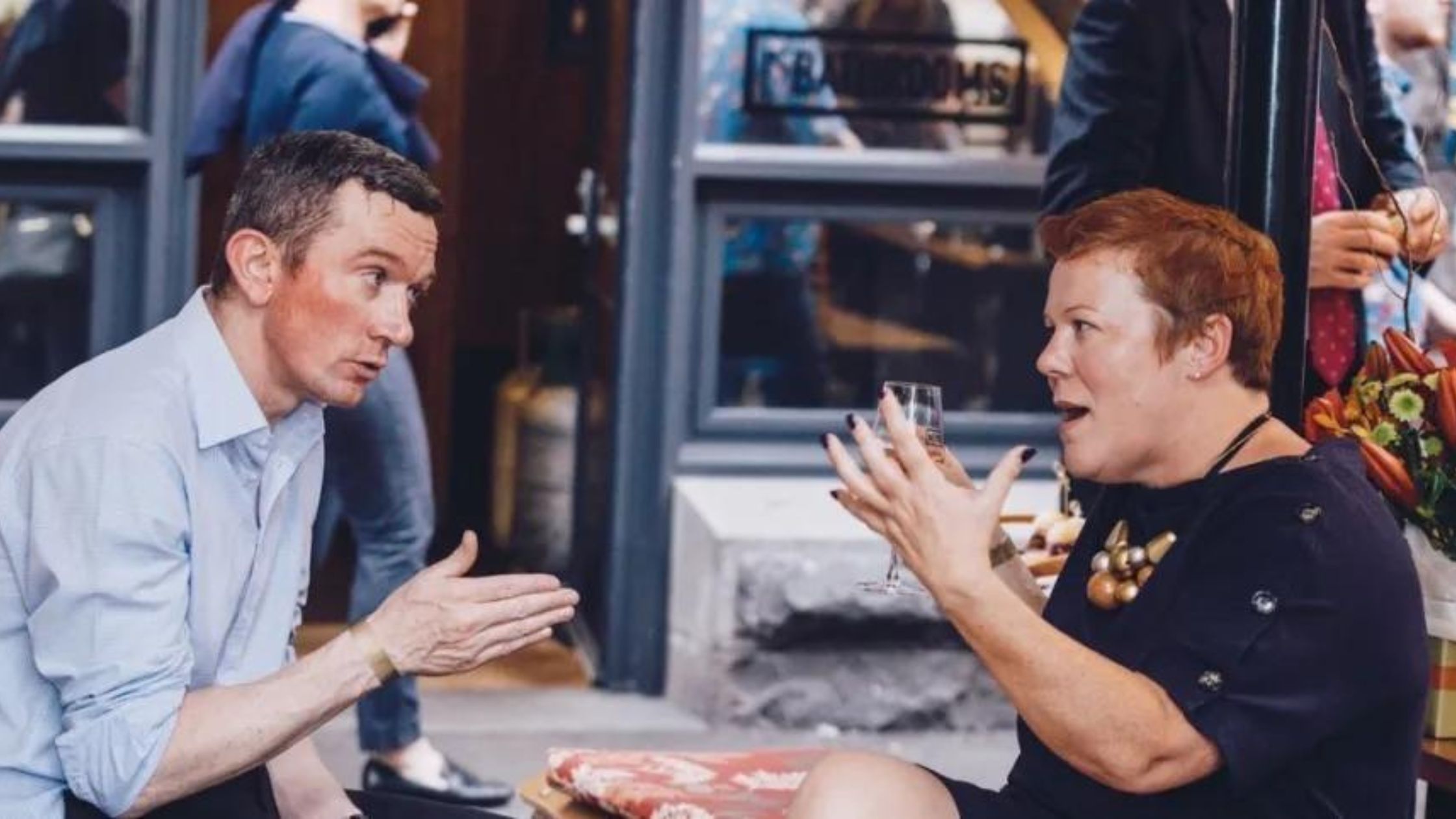As a regular facilitator of difficult conversations, I’ve been observing a spike in workplace friction recently – and a noticeable trend to either avoid or escalate issues that would historically not have needed it.
One of my clients recently said, “I feel like I’m either not having the conversation at all or the conversation becomes really difficult really quickly – the balance is definitely off”.
Many of my clients are picking up on clues in the workplace like passive-aggressive emails or are finding themselves needing to nudge people more than once to have that conversation.
Their leaders and teams are avoiding saying what’s on their mind until it blows up, or they’re escalating problems to HR or Executive rather than resolve it themselves, and some of these issues are relatively simple.
NY Times best-seller ‘Crucial Conversations’ by Grenny & McMillan prove that over 50% of us are avoiding difficult conversations, be that with a peer, their boss or a direct report.
Can’t they just get on with it?
Across the globe, work relationships are getting a little frayed, conversations are feeling a little distant, and some teams are even getting a little dysfunctional.
How do we know?
Because if you’ve experienced one or more of these things recently:
- Put off having a difficult conversation because you don’t want to cause upset – life’s tough enough.
- Been personally affected by the passive-aggressive tone in an email trail (even if you can’t decide if it’s you or if it’s them.)
- Found it increasingly difficult to judge when to have a difficult conversation with someone – you can’t ‘read the play’ and it’s making you nervous about how it’s going to be received.
- Observed your team escalating issues more and more frequently – effectively making it your problem to solve instead of dealing with it themselves.
- Experienced people flare up for no reason, or shut down and refuse to discuss an issue at all?
Then you’ve got the hallmarks of a difficult conversations problem.
What’s going on?

These are all signs that our workforces are not handling difficult conversations as productively as they should.
Our day to day work conversations are becoming increasingly complex, contentious, and confronting experiences. Tensions are rising in leaders and teams as uncertainty, ambiguity and social distance take a toll. Across the board, we are seeing an increase in Difficult Conversations.
And nobody enjoys those.
Initiating a Difficult Conversation is fraught with fear – fear of causing upset, fear of not following the script, fear it won’t make any difference anyway. No-one jumps out of bed excited by the prospect of addressing performance issues, tackling poor behaviours, having an argument or delivering bad news – it’s natural to dread them.
“There’s no such thing as a diplomatic hand-grenade”
THE HARVARD NEGOTIATION PROJECT
And being on the receiving end is no fun either – a difficult conversation is always confronting and – even if you swear you’ve told them 1,000 times – the receiver almost always gets a horrible surprise. They often don’t realise that things have become so difficult.
So people avoid these conversations. And sometimes go to extreme measures to avoid them.
According to a recent survey by Vitalsmarts, 50% of employees are avoiding having difficult conversations with their boss, colleagues, and direct reports.
11% of of people go as far as quitting their job to avoid a Difficult Conversation.
And it’s no surprise really. Most difficult conversations start with both people thinking “I wish I wasn’t here” and end with at least one person thinking “I hope that was worth it”.
It boils down to two people having a conversation that neither of them wants to have.
That’s not a recipe for success, that’s a recipe for difficult.
That’s why there’s so much training on how to have a difficult conversation, which I think is missing one important thing.
For most of us, difficult conversation training is what we apply when it’s too late.
You’ve still got to get in a room and have that conversation and you’ve still got to go against your gut instinct which wants you to avoid it.
Right now, our desire to avoid conflict is even stronger than ever. We are all experiencing heightened uncertainty and tension, many of us are experiencing the compound effect of social and work distancing, and we’re losing the ability to ‘read’ each other’s signals, which all contribute to conversations becoming more and more Difficult.
So if you want to avoid having a difficult conversation, I say go right ahead.
Wait, what did you say?
Yes, of course there is a catch. You’ve still got to be productive – ideally more productive. It’s what you’re paid for. And you can’t do this without tackling the tricky topics sometimes.
But what if you could do both? Can you largely avoid difficult conversations and still be productive?
Can we take the difficult OUT of difficult conversations rather than push people lean IN to them?
Yes we can. But conversations that constructively avoid things getting difficult are an untaught skill.
McKinsey’s “Bad to Great” research calls this nipping issues in the bud, and they cite this as a top growth attribute – it contributes to collaboration, innovation and makes teams more productive.
By taking their advice, two important things happen:
- We avoid a huge proportion of difficult conversations by having other conversations instead
- We lay important groundwork so that if an issue does escalate (and some still will), our topic is already primed, the subject has definitely been broached so it’s neither a surprise nor as confronting.
So maybe we should try listening to our instinct more and find a more impactful – and sustainable – way to balance our need for performance with our desire to avoid confrontation.

As a sought-after facilitator of complicated conversations, I help clients with conversations that range from large organisational change and strategy discussions, to team effectiveness, individual coaching, and even interventions or arbitration.
And right now, I’m seeing a need to nip this problem in the bud.
So I’ve developed a short, high impact training program to help leaders and their teams with exactly this issue.

- Discuss the research and the realities at our next free online event.
- Request a program brochure.
- Book a time to speak to me.














